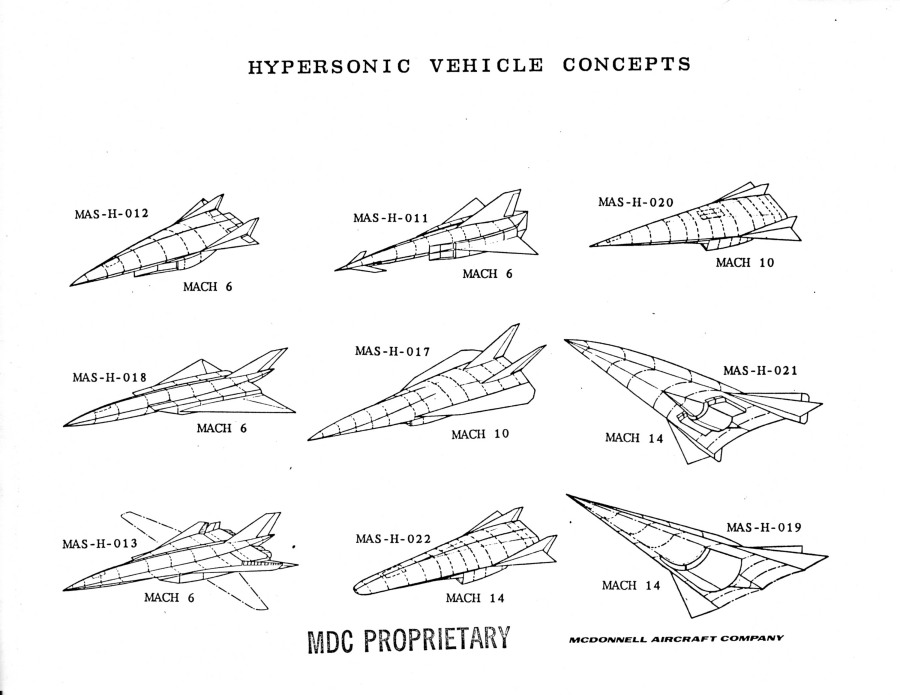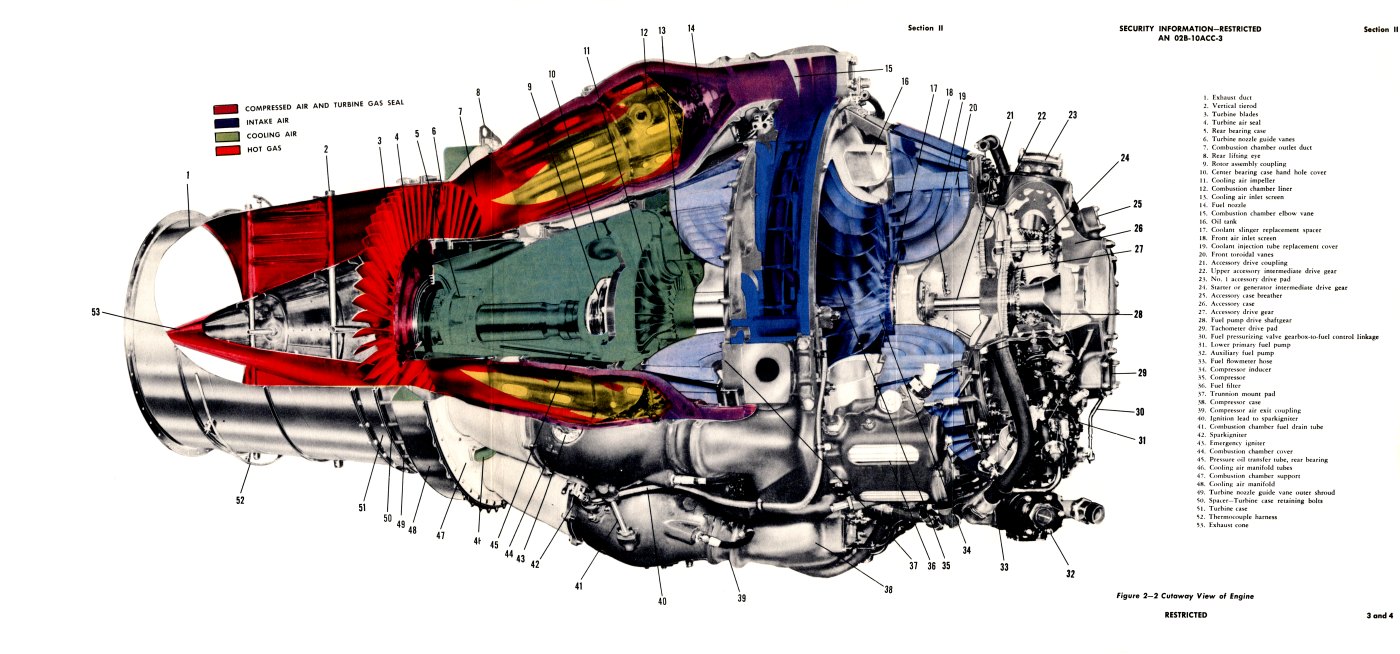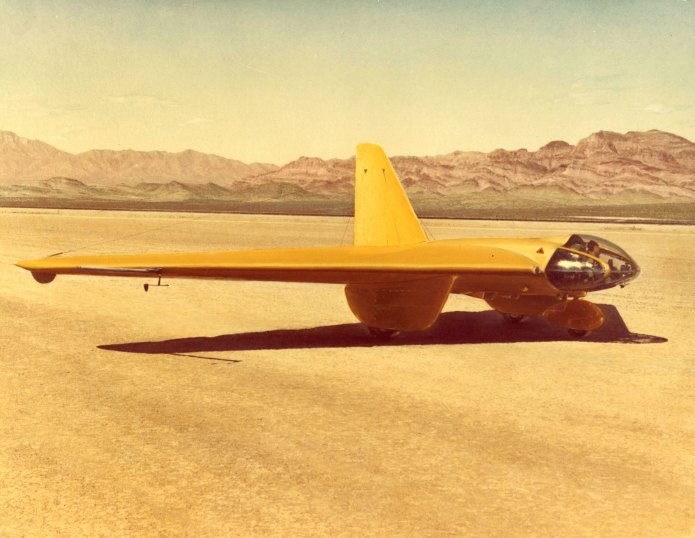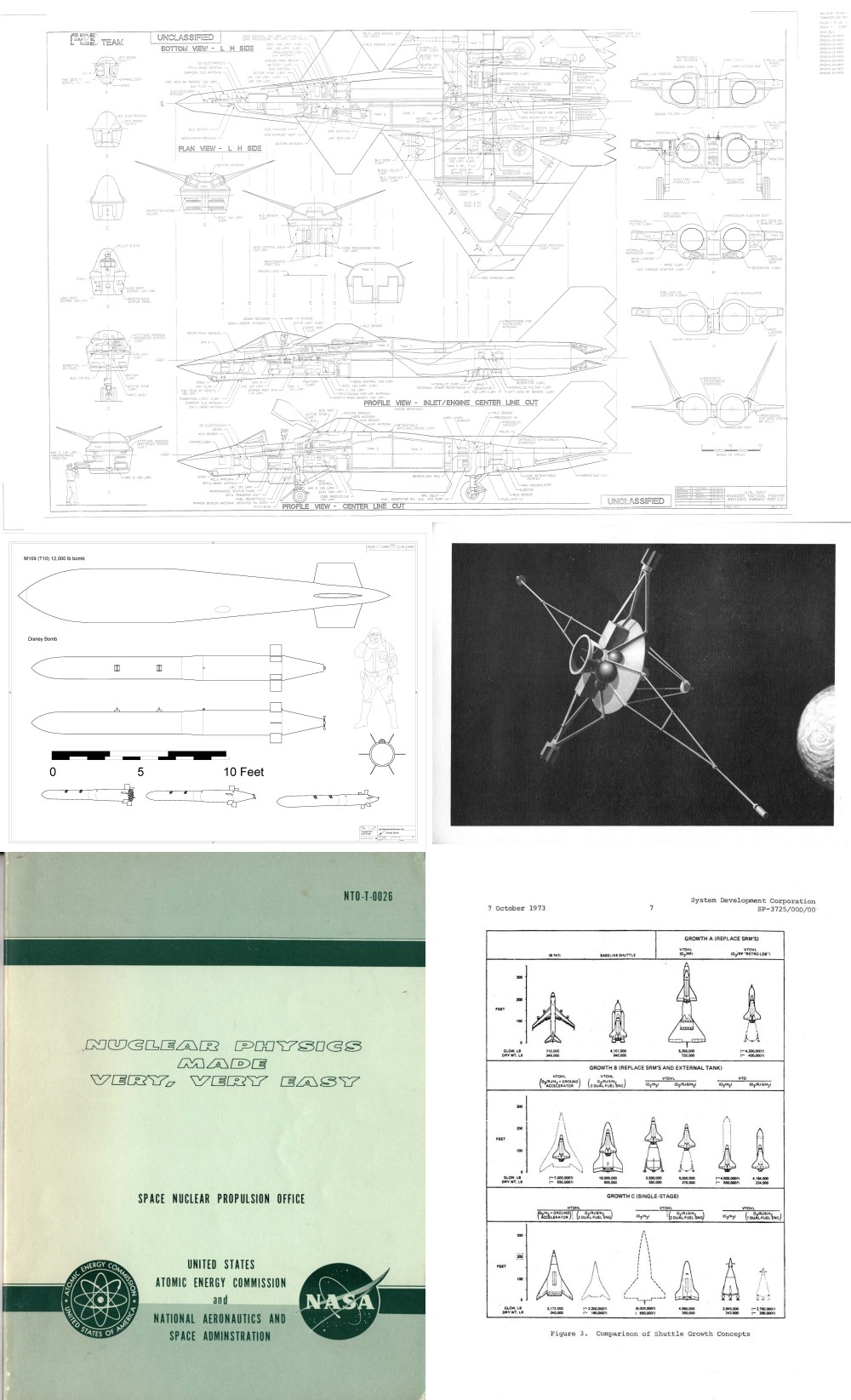All I have is this single page. This would be from the 1980’s, probably before or concurrent with the X-30 NASP program. The range of possibilities for hypersonic cruise airbreathing vehicles is pretty remarkable.
I recently stumbled across an old turbojet maintenance manual. Included within the manual was a rather nice cutaway illustration, colored in the way that only early 1950’s technical manuals were.
A 300 dpi scan of the diagram has been made available to above-$10 patrons/subscribers. If you would like to help fund the acquisition and preservation of such things, along with getting high quality scans for yourself, please consider signing on either for the APR Patreon or the APR Monthly Historical Documents Program.
Who knows for how long, but Amazon has my SR-71 bookazine in stock again with free shipping and for low cost. Buy now! Buy often! Consume in mass quantities!!!
Little known today is the Northrop MX-334 rocket powered flying wing. Originally designed (circa 1942) without a vertical tail, wind tunnel testing showed that such a tail was needed. Three aircraft were built and flown at Muroc dry lake bed (later known as Edwards Air Force Base), towed into the air behind a Cadillac and then a P-38; once in flight a liquid propellant Aerojet rocket engine would provide thrust.
The MX-334 (as it was known as a glider… when rocket powered, it was known as the MX-324) was intended as a technology testbed and proof of concept vehicle for the Northrop XP-79. This was, like the MX-324/334, a smallish flying wing with a prone pilot. As originally designed the XP-79 was to have a liquid rocket engine; it was eventually built with two turbojets. Unfortunately the single XP-79 crashed on its first flight.
The MX-324/334 was painted in high visibility colors and must have made a striking sight at the time.
The much larger full rez scan of this photo has been made available to $4 and up patrons/subscribers in the 2021-12 APR Extras Dropbox folder. If you would like to help fund the acquisition and preservation of such things, along with getting high quality scans for yourself, please consider signing on either for the APR Patreon or the APR Monthly Historical Documents Program.
After LM: NASA Lunar Lander Concepts Beyond Apollo
As this document is being compiled in 2019, NASA is once again planning a return to the Moon, and new lunar lander designs are being generated. Compared to Apollo, crews are projected to be larger (at least four per mission) and stay times longer (beginning at 6.5 days). However, it is expected that the landers will look much like the designs in this document because, as stated in the introduction, lunar lander design is a response to the simple physics that governs the tasks they are asked to perform. Design is also a living thing. New crewed lander designs will continue to emerge up until the point that humans return to the Moon, and even beyond. New players from different countries and commercial providers will create new designs based on new technologies and new requirements. Until some breakthrough technology or new physics principle is created, each lander will respond to the current physics of lunar landing. There may come a time, generations from now, when future engineers are paging through a digital copy of this catalog and reflecting on the early work of lunar lander designers. “Those Apollo guys were really smart, given that they started with nothing as a reference. The Lunar Module – now THAT was a great lunar lander design.”
It’s an interesting, illustrated catalog of many lunar lander concepts, but it’s hardly comprehensive; it largely starts with the Space Exploration Initiative, largely ignoring concepts from the 70’s and 80’s, and of course focusing almost entirely on NASA_designed concepts rather than Lockheed, Boeing, Rockwell, etc.
The rewards for November, 2021, have been sent out. Patrons should have received a notification message through Patreon linking to the rewards; subscribers should have received a notification from Dropbox linking to the rewards. If you did not, let me know.
Document: “Galactic-Jupiter Probe Program Concept:” 1967 NASA-Goddard brochure describing a Pioneer/Voyager type of space probe
Document: “Mixed Mode Rocket Vehicles for International Space Transportation Systems,” 1973 paper describing modified Shuttles and other launch vehicles
Document: “Nuclear Physics Made Very, Very Easy,”1968 NASA NERVA test operation publication that summarizes nuclear physics
Diagram: Navalized Advanced tactical Fighter (Northrop NF-23) general arrangement
CAD Diagram ($5 and up): “Disney Bomb,” British designed and built, American dropped rocket-boosted submarine pen penetrating bomb from the end of WWII
If this sort of thing is of interest, sign up either for the APR Patreon or the APR Monthly Historical Documents Program. *ALL* back issues, one a month since 2014, are available for subscribers at low cost.



